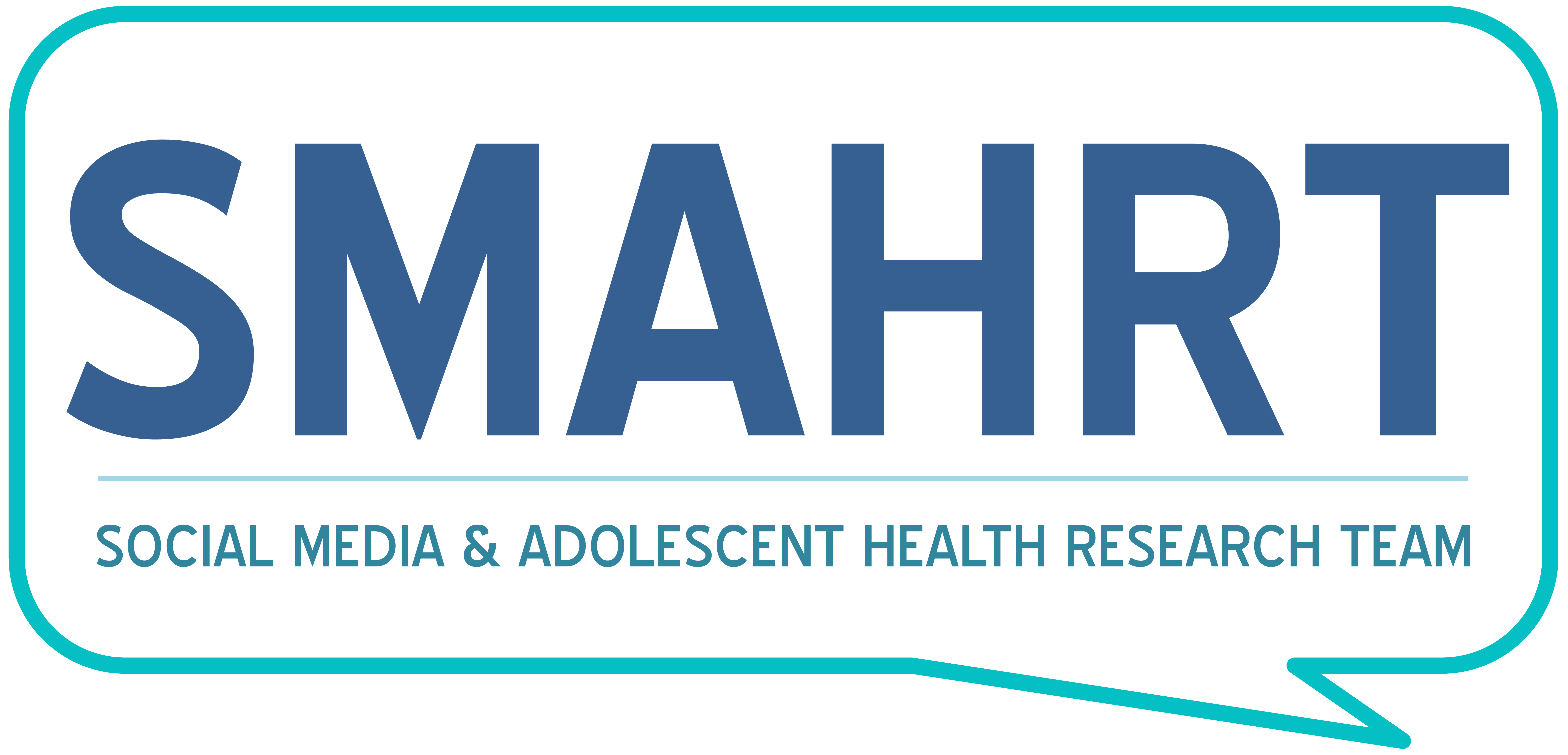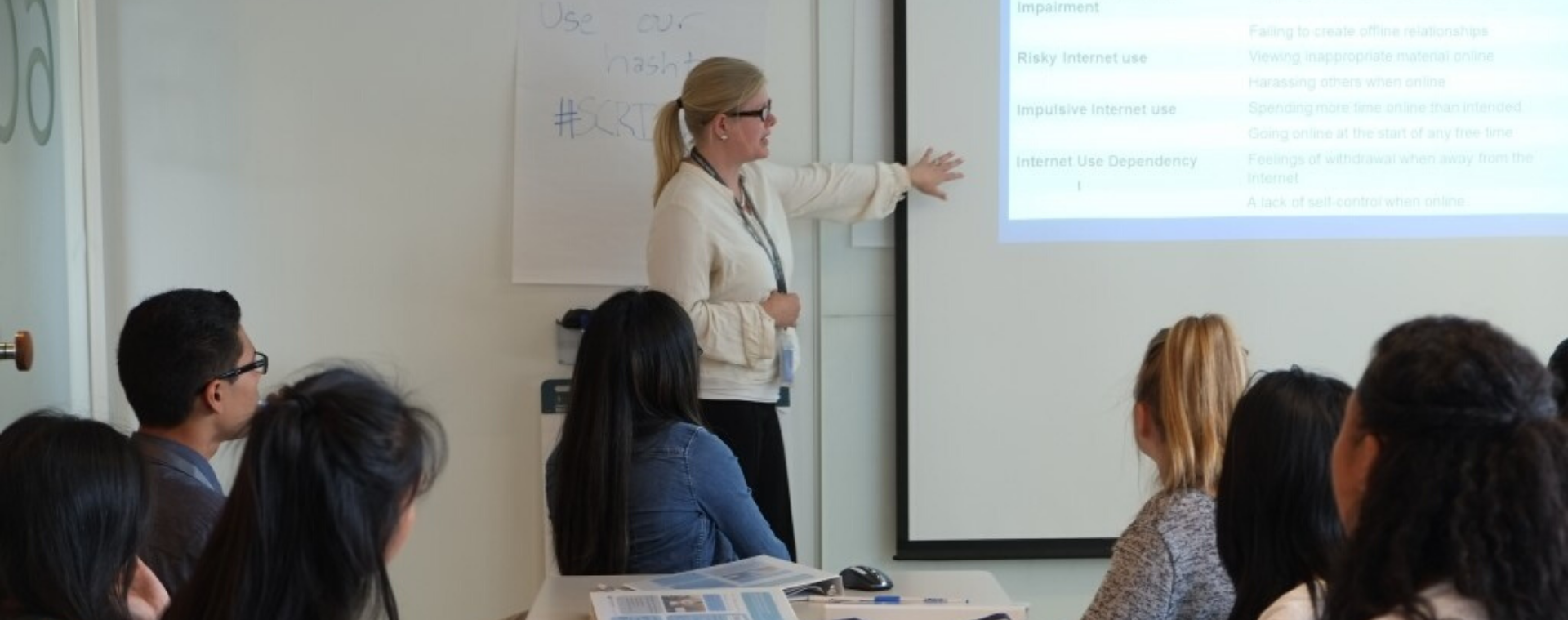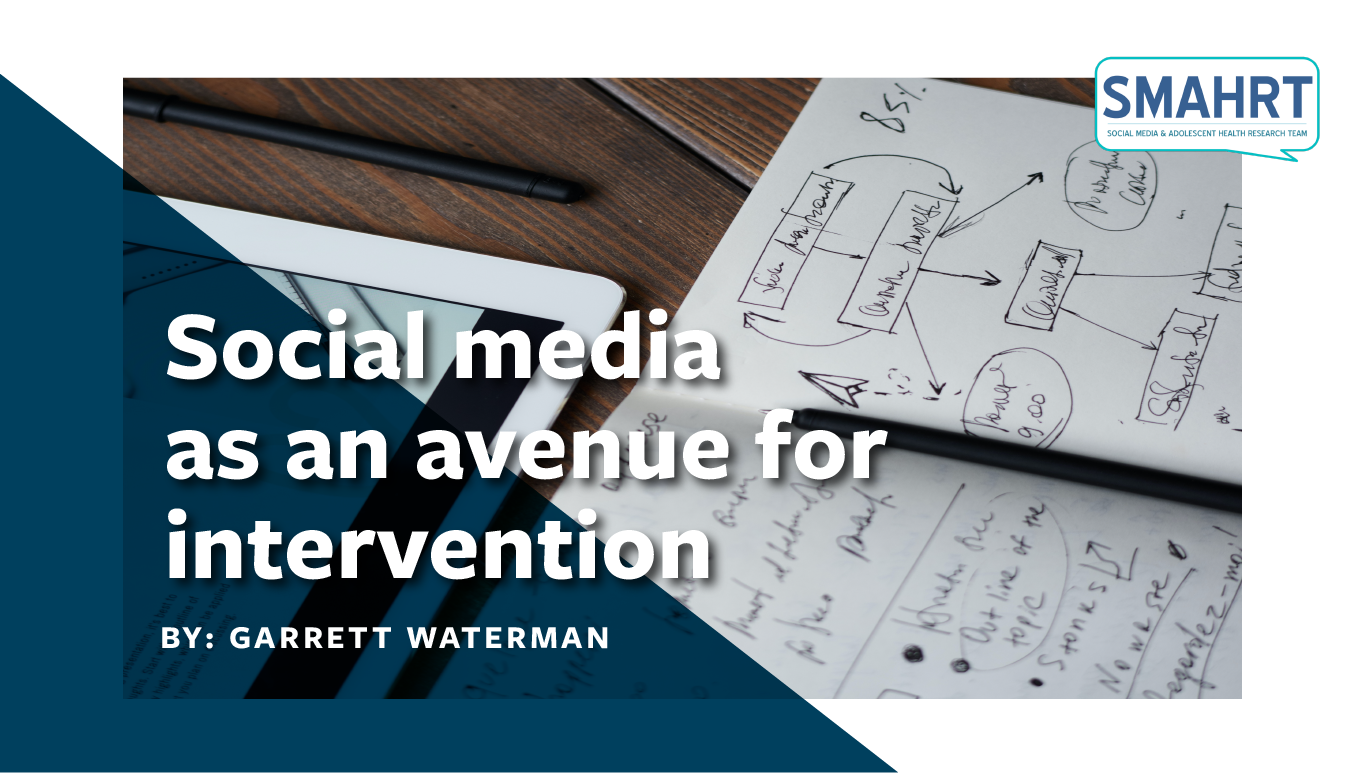Written by: Garrett Waterman
After the Using Media to Understand Mechanisms of Behavior Change project ended in 2010, SMAHRT started to investigate and design intervention studies to understand social media and substance use among college students. This led to two new projects: Social Media and Health Information (SMAHI) study and Technology and Young Adult Health (TYAH) study. During that time, social media culture shifted, and so did the methods and objectives of SMAHRT’s social media research. Specifically, the evolution of posting culture on Facebook presented new challenges and opportunities for SMAHRT.
Reese Hyzer, co-project lead on the SMAHI study, discussed the changing posting behaviors: “It has shifted from user generated content, where people are posting about their personal lives, to them sharing existing or other generated content of Facebook.” She cites the increasing proportion of participants sharing posts from memes and articles.
This shift presents new challenges in developing a consistent, objective lens through which SMAHRT researchers can gauge health behaviors associated with online posting. While the Using Media to Understand Mechanisms of Behavior Change project, SMAHRT’s first R01 grant award and a longitudinal five-year study , identified transitional times in substance posting and behavior among four-year college students, the SMAHI study, investigated how posting behavior related to the potential effectiveness of interventions.
As these studies developed, so did SMAHRT researchers’ objectives and methods. The SMAHI study led to the identification of sobriety, abstinence, and moderation posts (SAM posts). Initially seen as an interesting finding, these SAM posts inspired the TYAH study, which was awarded in 2021.
Hyzer describes the implications of these SAM posts: “One thing that we noticed in SMAHI is that participants who are posting about safety, abstinence, and moderation of alcohol use were also the participants that were posting the intoxication and problem drinking references.” This represents a new potential avenue for the identification of potential intervention candidates as well as new evidence for future initiatives targeted at reducing substance abuse among adolescents.
The evolution of the SMAHI study and the TYAH study illustrates the potential for research to result in positive, effective, and feasible interventions based on empirical evidence.
SMAHI, a study which emerged from the Using Media to Understand Mechanisms of Behavior Change project, sought to understand the feasibility and acceptability of intervention after identifying alcohol related posts on Facebook. SMAHRT researchers utilized a modified version of Web-based Brief Alcohol Screening and Intervention for College Students, SM BASICS, to send out interventions to community college students based on certain posts referencing alcohol.
Bradley Kerr, co-project lead for SMAHI, identifies the differences between SMAHRT’s first R01 grant award and SMAHI: “What’s new about SMAHI is not the intervention; it’s sending out the intervention, taking WEB BASICS and sending it out to students based on social media.”
This intervention approach presents new challenges for SMAHRT researchers: what is the feasibility and acceptability of implementing this intervention over an extended period of time? Based on the findings of the SMAHI study, SMAHRT researchers were able to identify alcohol references indicating that an alcohol intervention may be beneficial if provided within the first couple months.
That being said, one measure of the intervention’s feasibility was whether students remained engaged with the study throughout the study period .
Hyzer explained that “finding participants who are open to becoming friends or having us follow them on social media can be a challenge. Community college students are a harder population to reach in general, unless it has just been done in that population.”
The SMAHI study was also interested in the identification of ideal candidates for intervention. Kerr mentioned that SMAHI led to an increased identification of posts relating to SAM, a key indicator of a willingness to cut back on drinking.
The TYAH study was born out of a response to a growing number of questions surrounding the “prevalence, predictors and possibilities” of these SAM posts. SAM posts could serve as potential indicators for effective intervention, or, at least, as an indicator of motivation to change behavior.
To identify individuals who would benefit from an intervention, SMAHRT researchers looked at whether SAM posts originated from the same profiles as those who exhibited posts related to intoxication and problem drinking. Hyzer describes this phenomenon. “Looking at models of behavior change, there is a level where some people may express a desire to cut back on their alcohol use but they’re not ready yet. So, the purpose of TYAH is to really examine people who are displaying both types of references.”
These SAM references could also relate to social norms surrounding drinking. As such, SMAHRT researchers were particularly interested in the motivations behind these posts. Specifically, how these posts relate to protective behavioral strategies during problematic drinking. That being said, additional research on various platforms needs to be conducted to fully understand the implications of these SAM posts.
While studies have examined other social media platforms such as Instagram and Twitter, Facebook remains the platform on which intervention prompting content is most likely to be displayed. With an ever-shifting social media culture, future studies could expand the scope of identification. Utilizing the conclusions from both the SMAHI and TYAH studies, future research could identify new posting behaviors and add to the increasing literature on the motivations behind substance abuse among adolescents. A larger catalog of behaviors associated with problem drinking paired with an understanding of their motivations will allow researchers to better develop effective methods of intervention.


